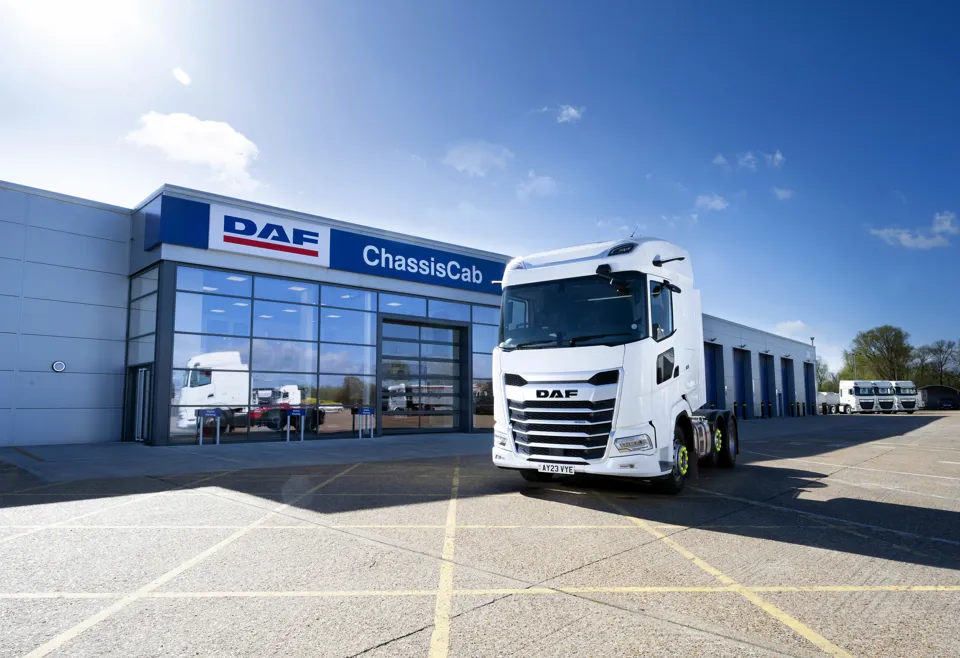Daf Trucks is equipping its UK dealer network to support fleet operators in their uptake of electric vehicles (EVs).
That includes a commitment from all 34 Daf Truck sales centres to become Daf certified electric truck centres with specialist electric truck infrastructure, trained technicians and fully equipped workshop facilities to diagnose, service and repair Daf electric trucks.
At least one locally based Daf electric truck demonstrator will also be available for customer evaluation, supported by access to a national demonstrator fleet which includes choice of configurations and body types to suit a broad range of applications.
Daf Trucks’ participation in the recent Battery Electric Truck Trial (BETT) has been instrumental in its development of its own electric truck strategy. Learnings from the BETT is allowing fully-trained Daf dealer battery electric truck sales specialists to guide operators through their transition to zero emissions transport, including route analysis and charging protocols, it said.
Adam Bennett, EV and sustainability manager at Daf Trucks, said: “Our experience on the BETT has been invaluable, allowing us to invest strategically in the network.
“We’ve assessed the market, gauged customer acceptance, performed cost analyses and we’re confident that we’re transitioning the Daf dealer network at the right pace.”
Each Daf electric truck centre will provide fast charging capability with a minimum of a 180kW DC charger, while other Daf service centres will be equipped with a minimum 24kW charger in their workshops.
This charging network will ensure customer vehicles can be charged while in for service or maintenance and provides the opportunity for the Daf network to offer single-point invoicing for energy and access to charging data that can be fed into their own fleet management systems for Daf electric truck operators.
Gary Carpenter, chair of the Daf Trucks National Dealer Council, said: “The Daf dealer network is committed to supporting our customers as they transition to zero emissions and, by investing in the right locations at the right pace, we can ensure we have the personnel, expertise and infrastructure in place for them.”




















Login to comment
Comments
No comments have been made yet.